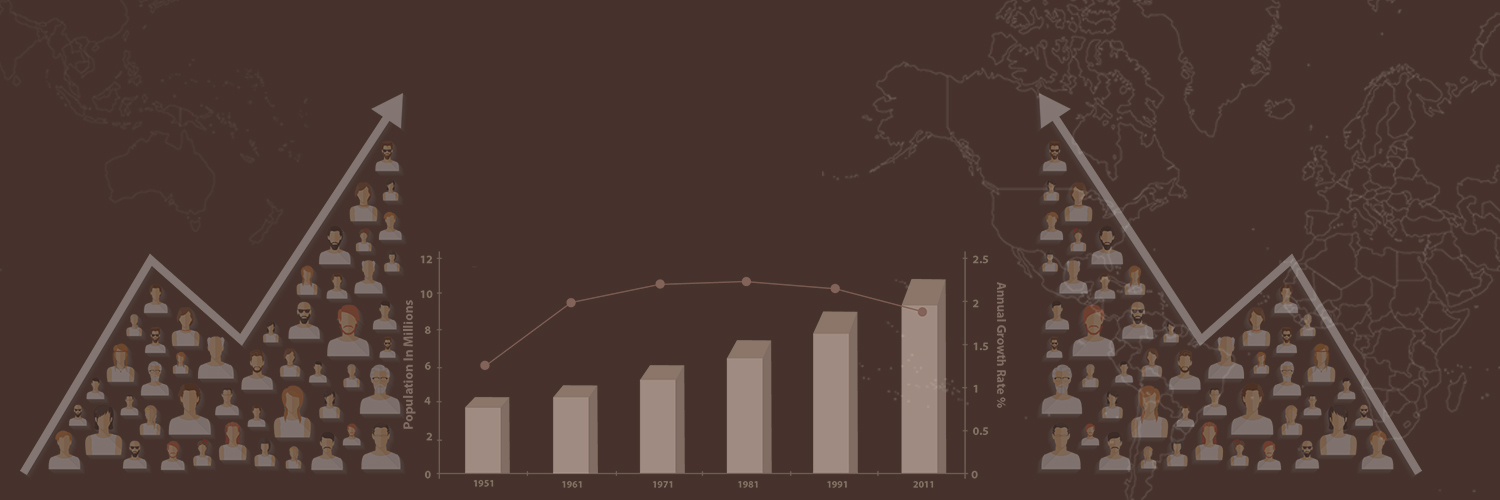
Changing climate, growing population and rising food prices may have significant yet highly uncertain impacts on food security. Food security is essential for economic growth and depends on the Public Distribution System (PDS). Whenever food security is threatened, government vigilance and action comes to play.
What is Buffer stock?
What is the Public Distribution System?